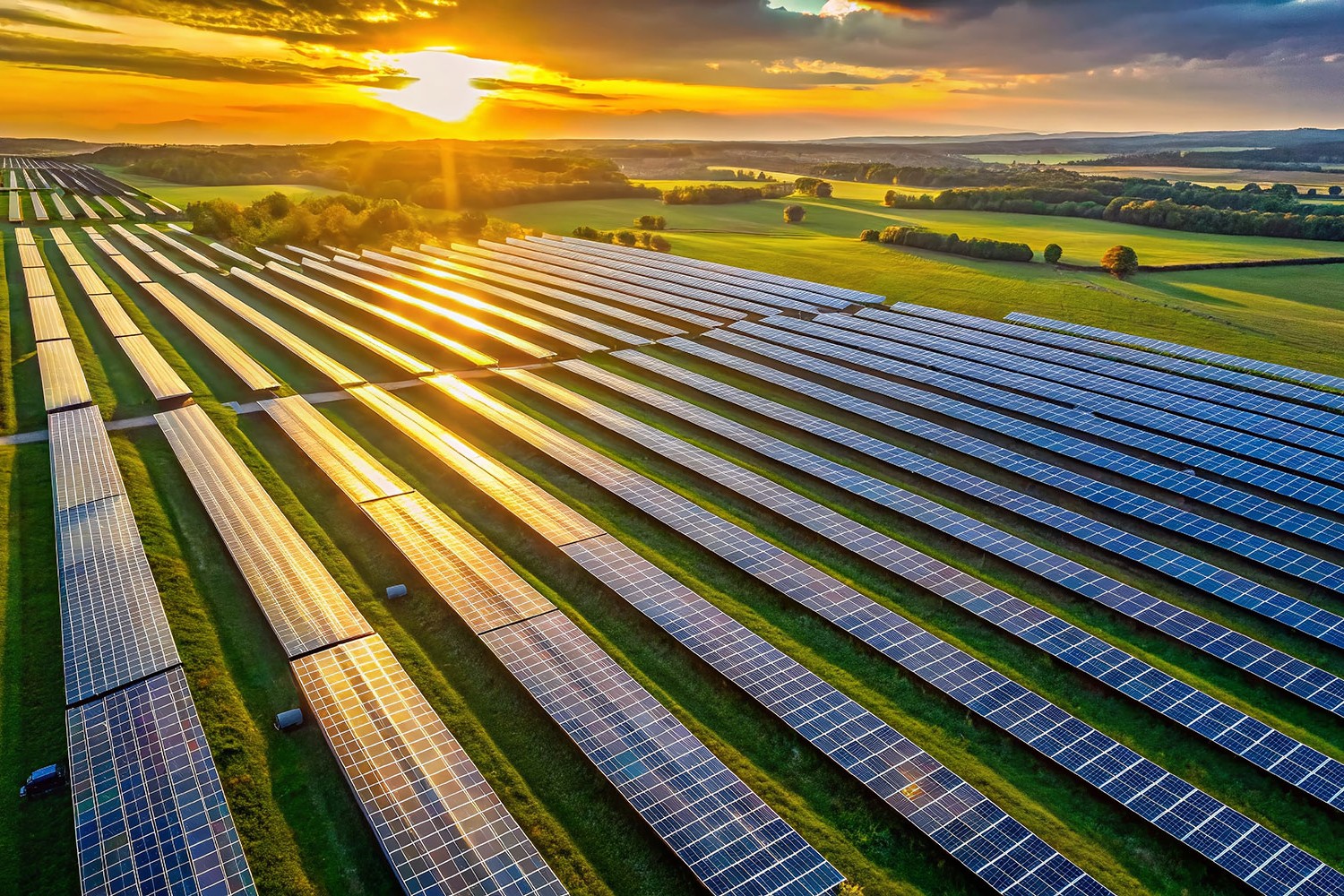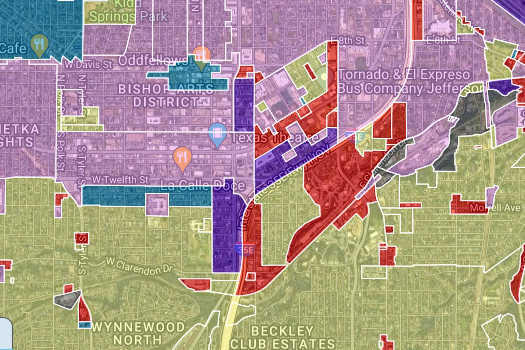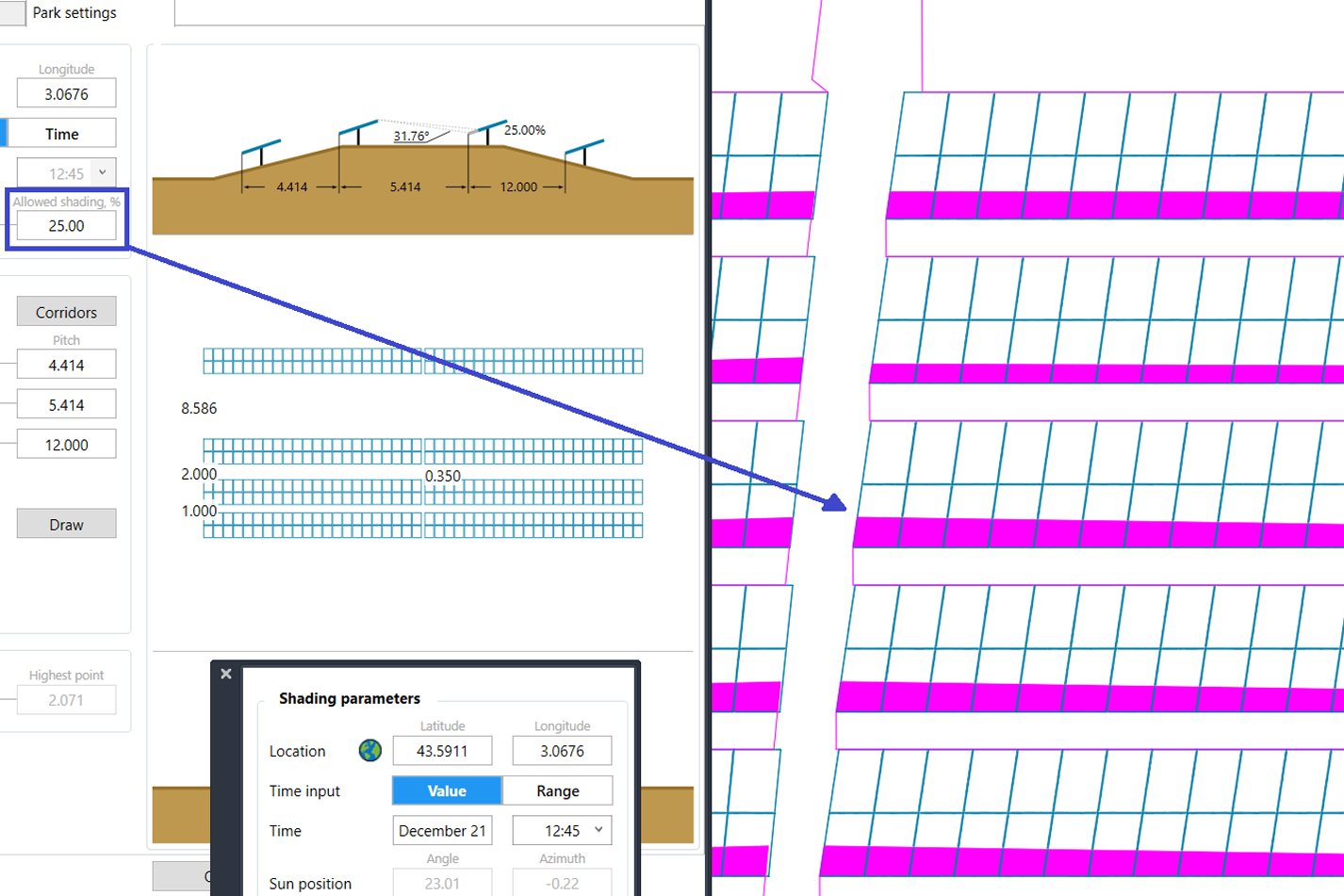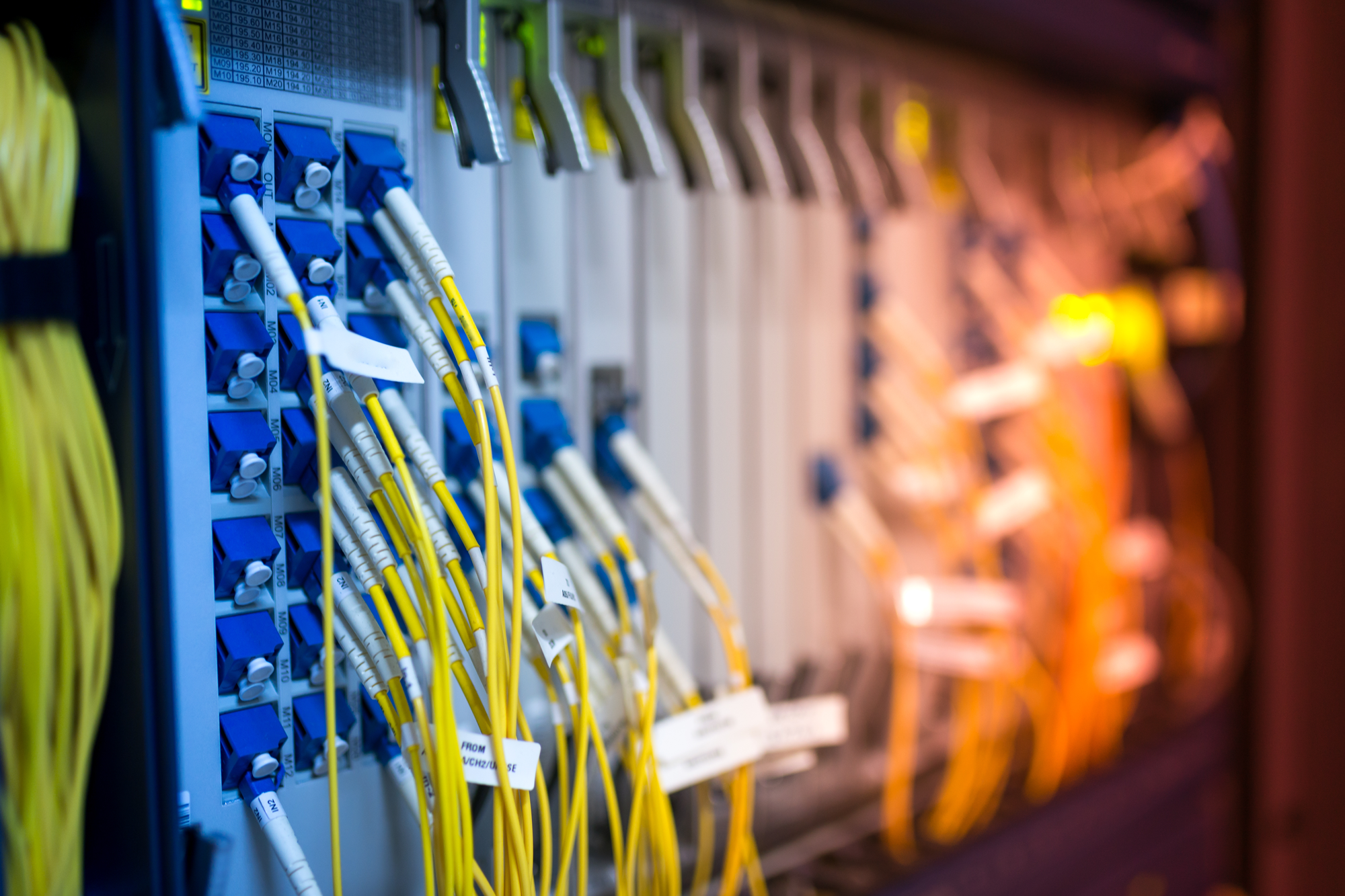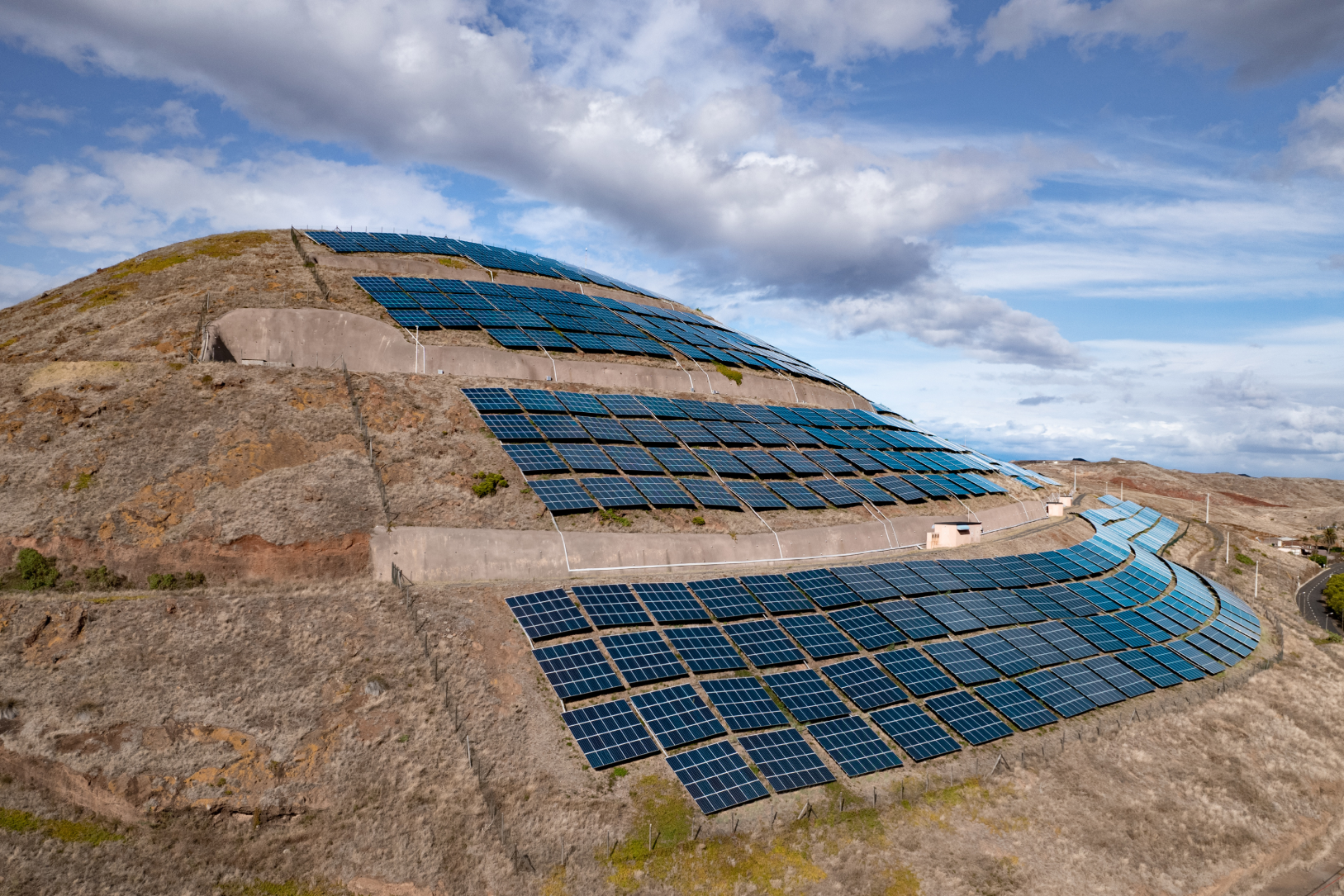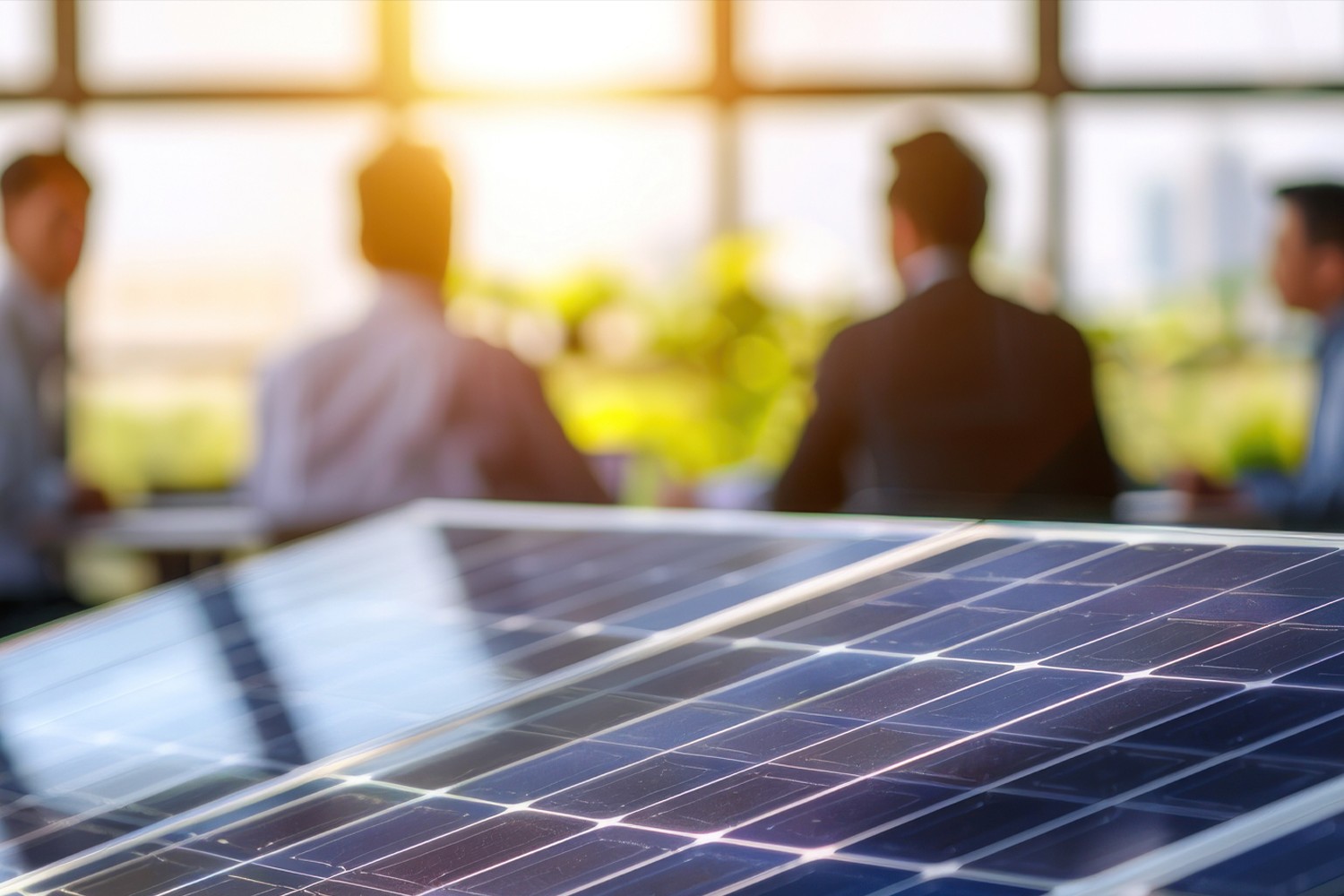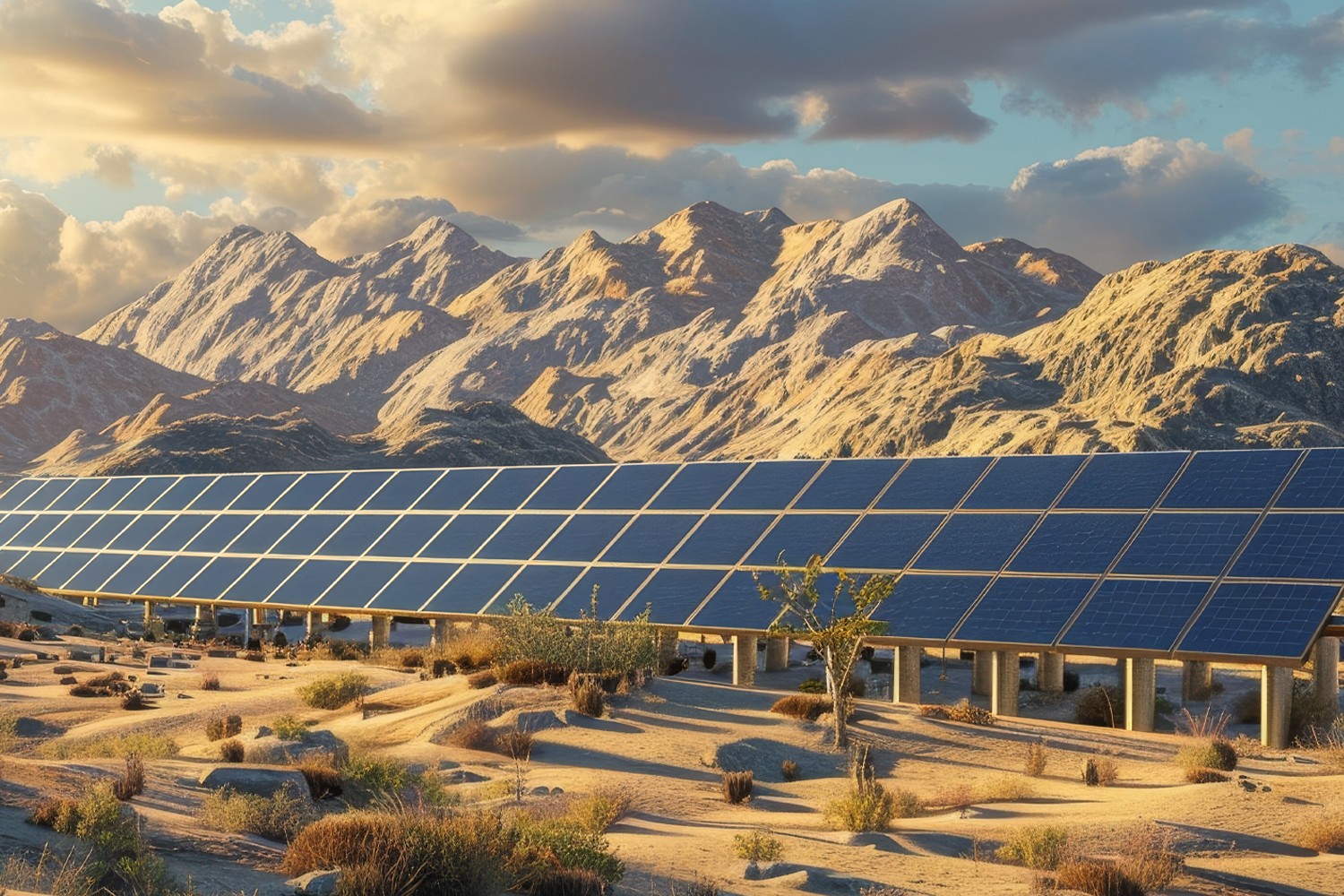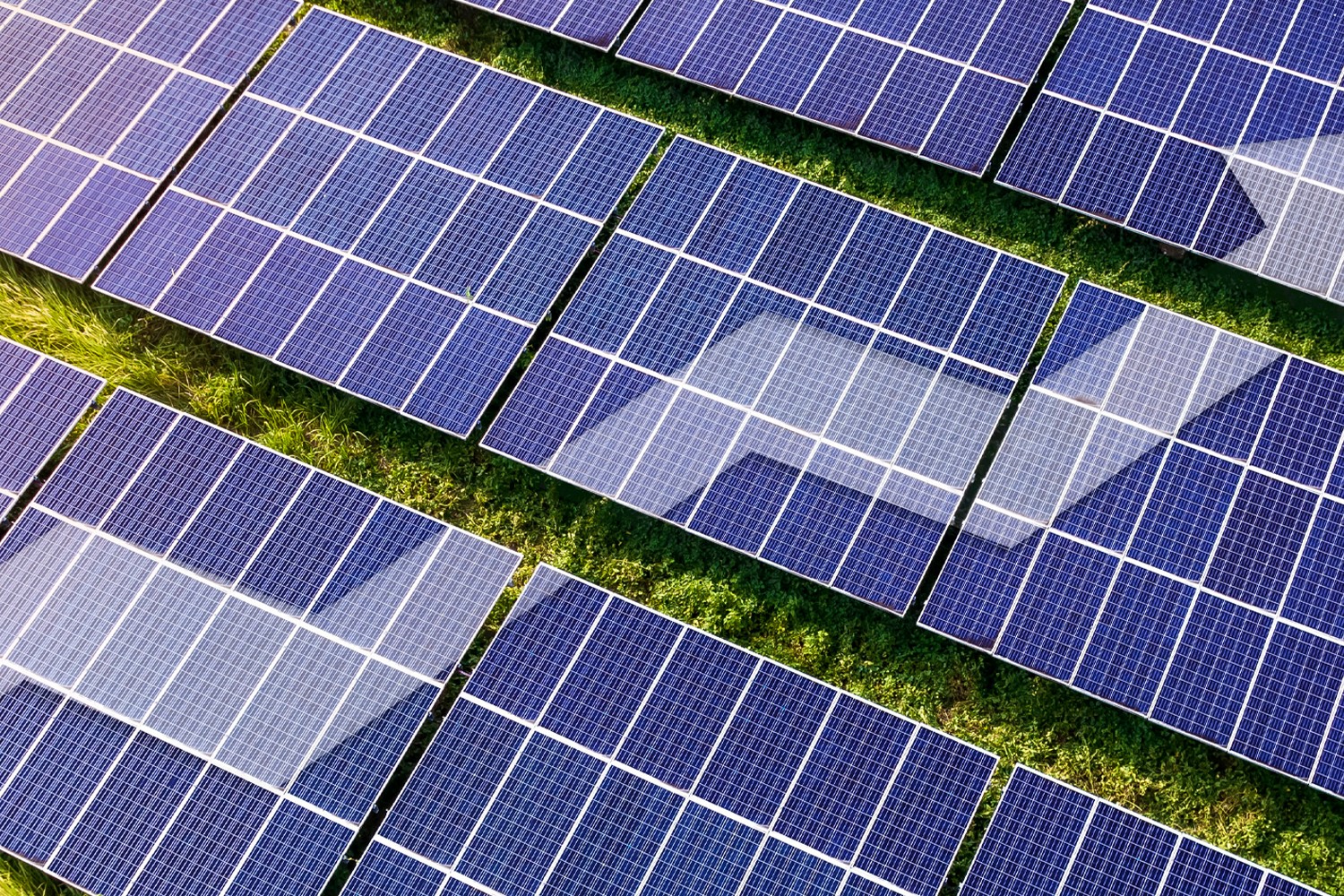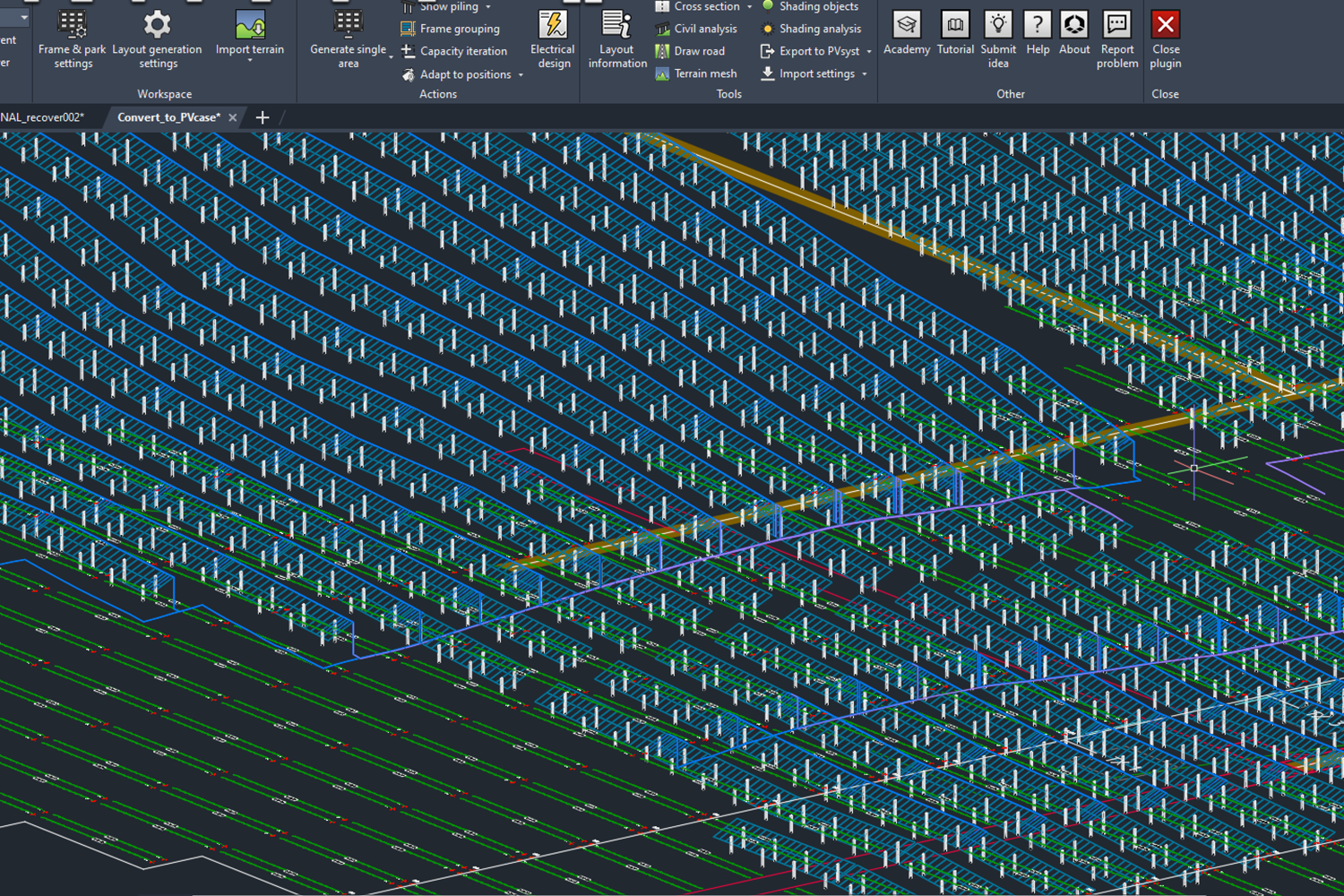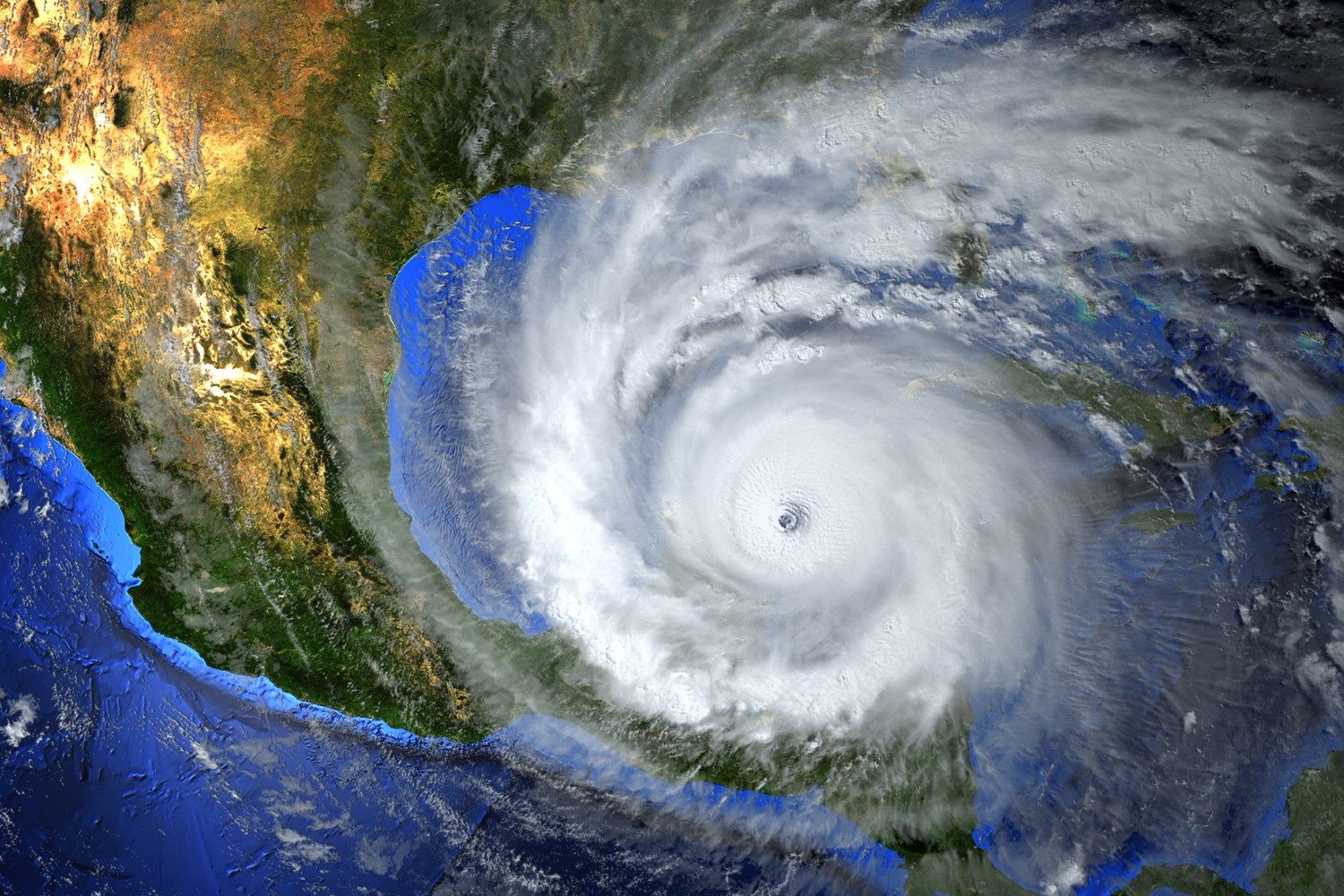While the Baltics is not traditionally the brightest spot on the global solar industry map, the situation will change soon. The participants of Solarplaza Summit Baltics 2023, which took place in Vilnius, Lithuania, identified significant challenges and possibilities in the region.
General overview of the Baltic renewable energy market
The solar industry in the Baltics (Latvia, Estonia, and Lithuania) is strongly influenced by our unique geopolitical and geographical situation. One of the most critical steps of the Baltic countries is the planned exit of the BRELL agreement in 2025. This agreement covers Belarus, Russia, and the Baltics.
The Baltic states are also currently synchronized with Continental Europe Synchronous Area (CESA), which makes Baltic states more vulnerable to Nordic and Central European electricity price fluctuations. However, the synchronization with the CESA grid will prevent Russia from disrupting critical supplies of electricity in the Baltics and, as such, will promote energy security.
Moreover, Lithuania recently had a government-imposed cap on solar installation projects, which curtailed future development. The overall power of solar parks could not exceed 2GW. However, after much debate the 2GW cap has already been lifted.
The Baltic countries face some further challenges when it comes to the adoption and implementation of solar energy:
- Large competition for available connections to distribution and transmission networks.
- In Estonia, micro-producers cannot sell their electricity to the grid due to grid capacity issues. Grid investments would require €300 million, and the construction process could take around 3-5 years. Transmission construction is more challenging than renewable energy resource build-outs due to regulated industry, land ownership, engineering complexity, supply chain and other issues.
- Limited sunlight. The Baltic region is located at a high altitude, meaning the amount of sunlight received is lower than in countries closer to the equator. This makes solar energy less effective in the region and limits its potential. However, today solar energy is becoming more competitive than wind.
- Land is not always connected to the grid. While the Baltic countries have much good land for build-outs, it is usually used for agricultural and recreational purposes. Moreover, good land plots are not well-connected to the grid.
- Lack of investment. The adoption of solar energy in the Baltic countries is still in its early stages, and there is a lack of investment and financing for solar projects. This can make investing in solar energy difficult for businesses and homeowners. The good thing is that Lithuania has regulations for remote solar power plants.
- Regulatory barriers. The regulatory framework for solar energy in the Baltic countries is still developing, and some barriers must be addressed. For example, connecting solar installations to the grid in some countries can be challenging and discourage investment in solar energy.
However, there is some good news. The Baltic governments have implemented several policies and incentives to promote renewable energy development, including solar. For example, in Estonia, renewable energy producers can receive a premium tariff for the electricity they generate. In Latvia, the government offers a feed-in tariff for solar power producers. Lithuania’s net metering scheme allows households and businesses to sell their excess solar energy back to the grid.
Moreover, Lithuanian energy company Ignitis purchased a 200 MW hybrid solar-wind project in Latvia. The operational solar capacity of Ignitis is expected to increase.
Under the European Regional and Development Fund (ERDF) and the Cohesion Fund, 839 million euros will be invested in renewable energy sources between 2021 and 2027 to increase Latvia’s energy security, efficiency, and resilience to climate change.

Baltic power market outlook and expected revenues
Alexander Esser of Aurora Energy Research presented a pretty optimistic view of the Baltic power market. Here are the key takeaways from the presentation:
- Prices will drop in all three Baltic states until 2030 as gas markets rebalance. Renewable build-out decreases the Lithuanian prices relative to Estonia and Lithuania until 2030. Most of the current demand is covered by local generation and imports from the Nordic countries.
- Due to the upcoming electrification of transport, industry, and heating, the Baltics will need 14TWh more electricity by 2050.
- Solar production is rapidly increasing in the Baltics. Electricity production will also increase.
- Solar capture prices will decline until the 2030s, after which the increased system’s flexibility reduces the discount to baseload prices. Onshore wind will face similar tendencies due to more capacity entering the system. However, solar prices start below onshore but will rise above them in the 2030s. Additional solar build-out in the late 2040s and 2050s counteracts the impact of increased flexibility.
Market opportunities and challenges in the Baltics
The participants of the panel discussion Key Market Opportunities and Challenges in the Baltics, moderated by PVcase R&D specialist Algirdas Ducinskas, identified a few more issues in the Baltics.
Lithuania faces an issue with the grid’s ability to absorb the projected capacity. This is why smaller-scale solar projects are a more viable option here. However, the Lithuanian government has set a goal to generate 9GW of additional power from renewables by 2030, which cannot be met with small-scale solar. With current inflation and supply chain issues influencing growth and 65% of electricity imported, such goals can be achieved only by having a clear regulatory framework.
In Latvia, since the 1st of April 1st, developers have had to pay a deposit to reserve capacity on the grid. This will hopefully provide a clearer view of the additional required capacity of the grid. Latvia currently faces the demand for a further 5GW of electricity. They also plan to convert many projects into solar/wind plants.
Rytis Kevelaitis, CEO of Energy Unlimited, stated that we have to achieve energy independence as soon as possible due to the ongoing energy crisis. Renewables are one of the straightest paths toward it.

Bankability and investment landscape for solar projects in Baltics
Environmental, social, and corporate governance is a major driving force for banks to fund renewable projects. More than half of the investments of the European Investment Bank are related to the climate action space. However, the return on investment of renewable energy was excellent in the past, but now banks are very concerned about how low electricity prices can go.
The terms of Power Purchase Agreements are getting more complicated due to
expectations for accurate pricing modeling before the development of the project. Usually, there are expectations for lower PPA pricing, and, as a result, we can expect more merchant projects. The solar industry must improve to guarantee bands a more predictable cash flow. Cashflow predictability will always be the number one priority of banks. Such tools as PVcase Yield gives accurate estimates on generated KWH and KW corresponding to optimized designs. This helps to improve CAPEX and OPEX ratio and improve the LCOE, the main KPI of an energy asset.
Summary
The challenges of the Baltic states are similar to other European markets, just on a different scale. The significant obstructions include grid capacity and flexibility, supply chain issues, slow permission procedures, and lack of consistent legislative framework, incentives, and tax credits. Moreover, Russia’s invasion of Ukraine has created a more urgent need to push the development of renewable projects forward.
If you are interested into the renewable energy sector, PVcase is hiring. Check our open positions here.

You might also be interested in:
March 26, 2025
PVcase Yield product guide: revolutionize solar energy modeling with advanced technology
Download PVcase Yield product guide and discover how PVcase Yield is transforming solar energy modeling with its advanced digital twin technology and physics-based simulations.…
March 25, 2025
The impact of Zoning Data on strategic site selection
Zoning Data encompasses the information used by local governments to classify land use. Learn how this new addition to PVcase Prospect enables solar developers to choose a project…
March 24, 2025
PVcase’s spring product updates: what’s new
PVcase and HeatSpring offer a new training bundle on utility-scale solar engineering for solar designers and engineers.
March 5, 2025
Why fiber data is non-negotiable for data center site selection
Discover why integrating fiber data into your data center site selection process is crucial for reducing costs, accelerating deployment, and improving network resilience.
February 20, 2025
PVcase Ground Mount wins G2 2025 Best CAD & PLM Software award
PVcase and HeatSpring offer a new training bundle on utility-scale solar engineering for solar designers and engineers.
February 18, 2025
PVcase partners with HeatSpring for advanced utility-scale solar training
PVcase and HeatSpring offer a new training bundle on utility-scale solar engineering for solar designers and engineers.
February 3, 2025
Solving ground mount solar design challenges. A guide by engineers, for engineers
Download our e-book for expert insights and actionable solutions to the common pain points you encounter in your day-to-day work, and start taking back your development time.
January 15, 2025
Award-worthy solar software: PVcase’s impact in 2024
Explore how PVcase's award-winning product suite is combating climate change through innovative software and what achievements were recognized the most.
January 14, 2025
Top 10 questions asked during the PVcase Digital SmartUp’24 — answered
Customers ask, we answer — read the article to find answers to the top 10 most asked questions at the exclusive PVcase Digital SmartUp'24 event.
January 10, 2025
Developing solar projects on challenging land
Solar developers face fierce competition, congested grids, and a shrinking pool of ideal sites. What's the solution? Read and and learn how to develop on challenging land instead.
December 12, 2024
Why Locational Marginal Pricing (LMP) data is essential for solar development?
Locational Marginal Pricing (LMP) data helps solar developers forecast profitability, minimize financial risk, and optimize site selection. Let’s break down what LMP data is, its…
December 11, 2024
PVcase product updates — November highlights
With PVcase November updates, you can achieve faster, more accurate results today — no need to make them your New Year’s resolutions. Dive into the major updates from the PVcase…
December 9, 2024
The importance of quality GIS data for solar site selection
Discover the impact of high-quality GIS data on solar site selection. Learn how parcel data, grid capacity, and LMP data optimize solar project development, reduce risks, and…
December 2, 2024
Consequences of extreme weather events: can we still afford it?
Floods, hurricanes, wildfires — whether we want them or not, extreme weather events have become the new normal. This year alone, there have been 24 billion-dollar weather…
November 14, 2024
Fail fast, succeed faster: the developer’s guide to streamlining solar projects with early-stage development software
Discover how solar developers thrive by adopting the 'fail fast, succeed faster' approach. Explore the role of early-stage development software, such as PVcase Prospect, in…


